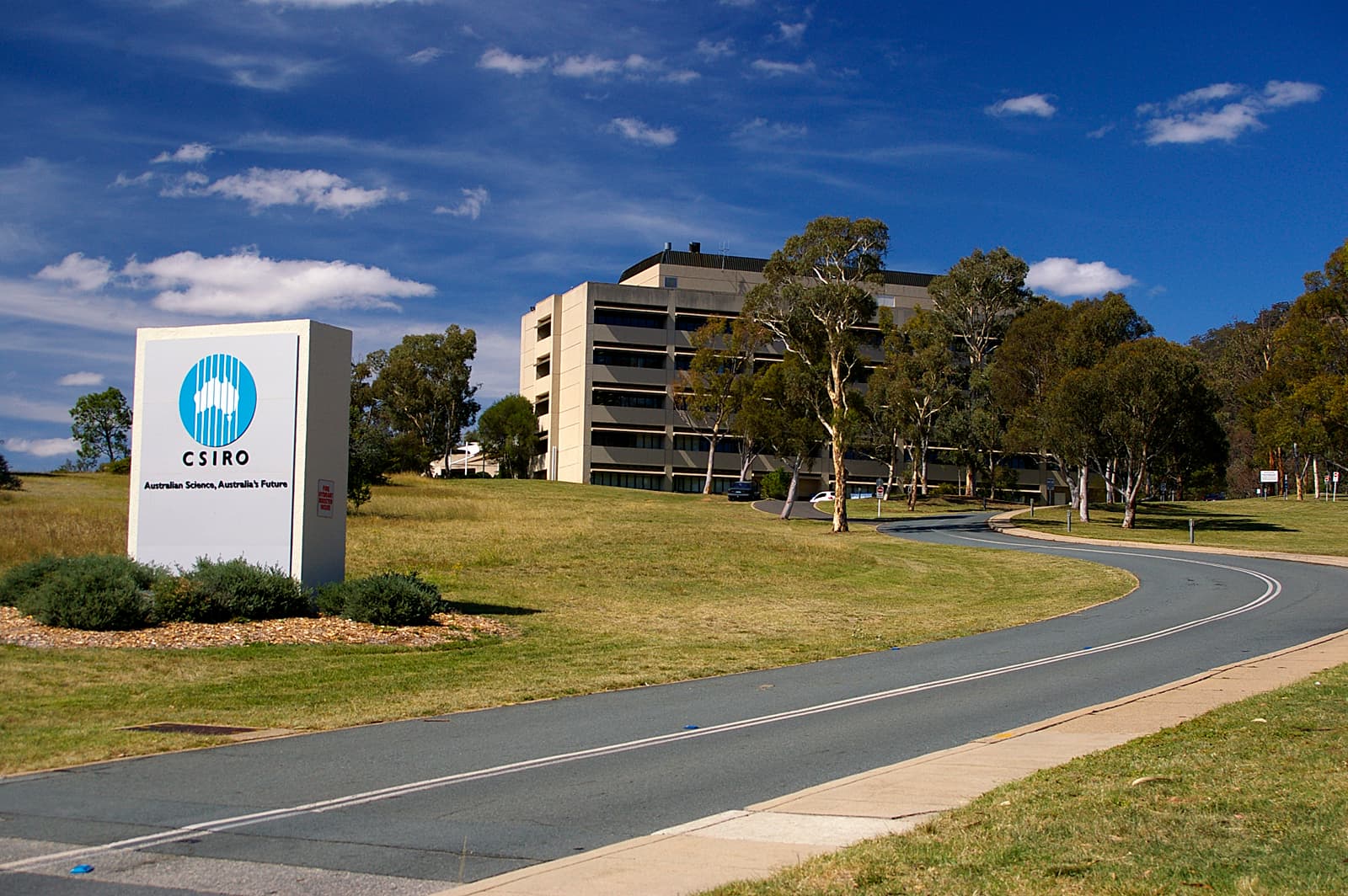The CSIRO has released its 2024–25 GenCost report reaffirming that nuclear power is not the answer to Australia’s energy future.
The report finds that nuclear power would cost roughly twice as much as renewables, even considering factors such as lifespan, storage, and transmission lines.
A long wait
Despite proponents claiming that nuclear power plants could be operational in Australia within 10 years, the CSIRO’s report has held firm on its estimate of a lead time of at least 15 years. According to the report, Australia’s lack of existing nuclear capacity and strong democracy – which requires consultation processes – means a range of 12–17 years is more realistic.
“In the last five years, median construction time has increased to 8.2 years compared to six years when the IAEA made their estimate in 2015,” the report’s executive summary states. “This increase in construction time cannot be explained by the pandemic because median construction times were longer in the two years preceding the pandemic (8.6 and 9.8 years).
“Given the direction of construction data available after the report’s release, the IAEA range of 10–15 years should likely be reinterpreted as 12–17 years to allow for the extra two years median construction time which now prevails. The lower part of this new range, 12 years, would be consistent with the UAE experience.
Australia is not likely to be able to repeat the UAE experience because our level of consultation will be consistent with our higher level of democracy and the experience of other Western democracies. As such, at least 15 years remains the most plausible lead time.”
In response to the report, Opposition Leader Peter Dutton reaffirmed his party’s stance that the nuclear power plants would be operational by 2035 should the Coalition win next year’s federal election.
Long life doesn’t mean low cost
One of the main arguments proponents have been using is that the longer lifespan of nuclear plants – typically 60 years as opposed to 30 years for most renewable projects – makes it a more cost-effective investment over time. The GenCost report refutes this argument, identifying several economic reasons why this isn’t the case.
“Substantial refurbishment costs are required, and without this new investment nuclear cannot achieve safe long operational life,” the report states. “When renewables are completely rebuilt to achieve a similar project life to nuclear, they are rebuilt at significantly lower cost due to ongoing technological improvements, whereas large-scale nuclear technology costs are not improving to any significant extent owing to their maturity.
“Also, due to the long lead time in nuclear deployment, the limited cost reductions achieved in the second half of nuclear technology’s operational life, when the original capital investment is no longer being repaid, are not available until around 45 years from now, significantly reducing their value to consumers compared to other options which can be deployed now.”
Solar getting cheaper
Another highlight from the report is the falling cost of large-scale solar photovoltaic (PV) installations in contrast to most other technologies, which have increased in cost. The report notes that the cost of installing large-scale solar PV has fallen 8 per cent in consecutive years, with large-scale battery installations getting a remarkable 20 per cent cheaper in 2024–25 alone.
In contrast, onshore wind projects are increasing by 2 per cent, black coal by 4 per cent, and gas combined cycle projects by 11 per cent in the 2024–25 period. The report confirms that solar PV and onshore wind remain the most cost-effective and environmentally friendly options presently and in 2030.
 Nick Johns-Wickberg
Nick Johns-Wickberg


Leave a Reply